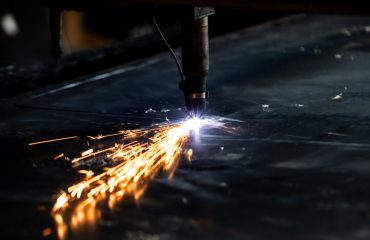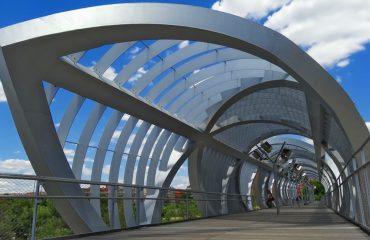Steel frames, with their inherent strength and versatility, are ubiquitous in modern construction. From towering skyscrapers to modest residential buildings, their efficient design is crucial for ensuring structural integrity, safety, and economic viability. This comprehensive guide delves into the key aspects of designing steel frames, providing a detailed overview for both seasoned professionals and aspiring engineers.
1. Understanding Structural Analysis: The Foundation of Steel Frame Design
Before even considering material selection or connection types, a thorough structural analysis is paramount. This involves determining the loads the frame will bear, including dead loads (the weight of the structure itself), live loads (occupancy loads, furniture, snow), and environmental loads (wind, seismic). Finite Element Analysis (FEA) software is commonly used to model the structure and accurately predict stress and deflection under various loading scenarios. This analysis helps determine the required member sizes and sections to ensure the frame can withstand these loads without exceeding allowable stress limits. Different analysis methods, such as linear elastic analysis, non-linear analysis, and dynamic analysis, might be employed depending on the complexity and criticality of the structure. Understanding the limitations of each method and selecting the appropriate one is crucial for accurate and reliable results.
2. Material Selection: Choosing the Right Steel for the Job
Steel grades play a vital role in the overall performance and cost-effectiveness of a steel frame. The selection process involves considering factors such as yield strength, tensile strength, ductility, and weldability. Common steel grades used in structural applications include ASTM A992 (high-strength low-alloy steel) and ASTM A572 (structural steel). Higher-strength steels allow for smaller section sizes, reducing material costs and weight, but they might require more sophisticated fabrication techniques. Furthermore, factors like corrosion resistance and fire protection need to be factored in during material selection. The structural engineer must carefully balance strength, cost, and constructability when choosing the appropriate steel grade for the project.
3. Connection Design: The Crucial Link in Steel Frame Systems
Connections are the critical points where individual members of a steel frame are joined together. The design of these connections is crucial for the overall structural integrity of the frame. Common connection types include bolted connections, welded connections, and a combination of both. The selection of the connection type depends on several factors, including the type of load being transferred, the strength requirements, fabrication constraints, and cost considerations. Detailed analysis of connection behavior is essential to ensure adequate strength and prevent premature failure under service loads. Proper detailing of welds and bolt patterns is crucial to avoid stress concentrations and ensure a smooth transfer of forces. Connection design often involves extensive calculations and checks according to relevant building codes.
4. Detailing and Drafting: Bringing the Design to Life
Detailed drawings are essential for the fabrication and erection of the steel frame. These drawings must accurately depict the dimensions, sections, connection details, and material specifications of all members. Software like AutoCAD or Revit is typically used to create these drawings, ensuring accuracy and consistency. The detailing process requires a thorough understanding of fabrication limitations and best practices. Clear and concise drawings are crucial for smooth communication between the design team, fabricators, and erectors, minimizing errors and potential delays during construction. Proper detailing also helps in optimizing the construction process and minimizing waste.
5. Code Compliance and Regulatory Approvals: Ensuring Safety and Legality
Steel frame design must comply with relevant building codes and regulations, ensuring the safety and structural integrity of the completed structure. Codes like the American Institute of Steel Construction (AISC) Specification and the International Building Code (IBC) provide guidelines for design loads, material properties, connection design, and fabrication practices. Engineers must ensure that their designs meet or exceed the requirements of these codes. Obtaining necessary permits and approvals from relevant authorities is also crucial before commencing construction. Compliance with codes not only ensures safety but also avoids potential legal issues and delays during the project lifecycle. Regular inspections and quality control measures are essential to maintain compliance throughout the construction process.
Designing steel frames is a complex process requiring a multidisciplinary approach combining structural analysis, material science, and construction expertise. By following these steps and adhering to relevant codes, engineers can create robust, efficient, and safe steel structures that meet the demands of modern construction.
SEO Tags:
- Steel Frame Design
- Structural Steel Design
- Steel Frame Analysis
- Steel Connection Design
- AISC Steel Design




